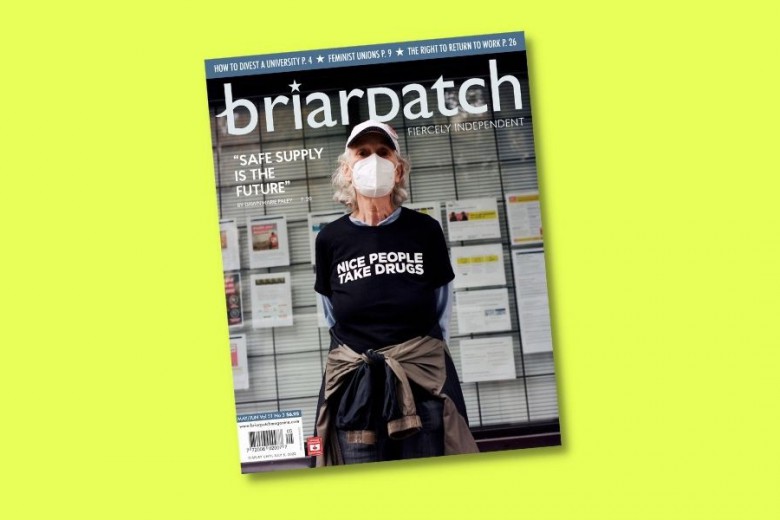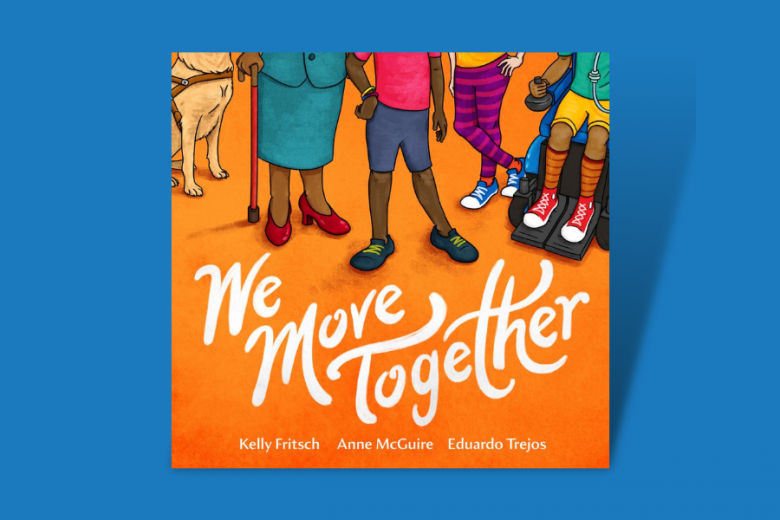It is the best of times and the worst of times for feminism in Canada. We have a self-declared “feminist” prime minister, #MeToo is trending on Twitter, and we have hard-won feminist gains like maternity leave and access to abortion. But there’s a flip side: Trudeau has refused to make changes – to halt non-consensual resource extraction on Indigenous lands or to provide full and permanent immigration status for all migrants, for example – that would materially improve the lives of women. Between late February and March, women lost around 50 per cent more work hours than men as schools, daycares, hotels, restaurants, and shops closed during COVID-19 lockdown, and women’s employment is not recovering as quickly as men’s. The pandemic has exacerbated existing child care and household labour inequalities, especially for women with children. Indigenous women in Canada have faced forced sterilization as recently as 2018.
How we did get to a place where feminism is ubiquitous and yet women’s lives don’t seem to be getting any better? Nora Loreto’s new book Take Back the Fight (a play on the name of the annual Take Back The Night march against sexual and domestic violence) examines this apparent contradiction and points out ideas to build a feminist movement that can once again pose a serious challenge to the forces arrayed against women.
How we did get to a place where feminism is ubiquitous and yet women’s lives don’t seem to be getting any better?
Loreto explains that organized feminism in Canada grew during the 20th century, but starting in the late ’80s, the formal organizations of Canadian feminism withered. She gives the example of the National Action Committee on the Status of Women (NAC): founded in 1971 thanks to condition-free government funding, the NAC was once the largest women’s organization in the country, lobbying the government on issues like daycare, birth control, gay marriage, sexual violence, and poverty. But deep funding cuts by the Brian Mulroney, Jean Chrétien, and Stephen Harper governments caused its eventual dissolution in 2007. As Loreto writes, its downfall was also tied up in its mostly white membership’s refusal to prioritize the demands of BIPOC (Black, Indigenous, and people of colour) women and to support the organization’s first non-white leader, Sunera Thobani.
Neoliberal funding cuts impacted a vast number of feminist organizations in Canada, some of which responded by narrowing their focus to service provision, becoming domestic violence shelters or sexual assault hotlines. Loreto explains that the resulting vacuum of political leadership was filled not with coordinated, membership-based organizations but with an ad-hoc mix of independent online voices, bloggers, and service organizations. She argues that these actors have been largely unable to pose a serious challenge to neoliberal austerity and misogyny. And she illuminates the hidden problems of allowing the internet to substitute for on-the-ground organizing: “social networks have confused us into thinking that we are having normal personal discussions with others even though those discussions are filtered through a private, for-profit machine that makes money off harassment and distorting the truth,” she writes.
As Loreto writes, its downfall was also tied up in its mostly white membership’s refusal to prioritize the demands of BIPOC women and to support the organization’s first non-white leader, Sunera Thobani.
Loreto has also personally paid the price for being a feminist online: In 2018, in the wake of the Humboldt Broncos bus crash, Loreto tweeted that race, gender, and age were impacting the way we were reacting to the tragedy. It led to a months-long, coordinated right-wing dogpile on Loreto that continues, to an extent, to this day. This book talks about that experience, though it doesn’t dwell on it. Still, her analysis is profoundly affected by the seriousness of that experience – which included harassment, doxing, and spurious calls to children’s aid. She writes that because of a lack of organization within the women’s movement, individual feminist voices are forced to weather right-wing harassment as individuals.
Both critics and cheerleaders of the so-called “hashtag movements” – activist ecosystems that exist entirely on social media – often lack direct experience of them. It’s refreshing to read analysis by someone who has been both an on-the-ground organizer and a participant or close observer of the #MeToo, #SlutWalk, #BlackLivesMatter, and #PrintempsErable movements.
She points out that some of these movements (like #BLM and #PrintempsErable) were actually complex interactions between on-the-ground organizers and supporters on social media – an insight that is critical to her observation that while online feminism should continue, it needs to be supported by offline, face-to-face organizing. Feminism needs member-based organizations that can outlast individual waves of protest, with the ability to hold meetings and events, launch campaigns, and have branches in different cities and neighbourhoods. This would create spaces for debate, allowing for the movement to respond to new and local challenges.
Feminism needs member-based organizations that can outlast individual waves of protest, with the ability to hold meetings and events, launch campaigns, and have branches in different cities and neighbourhoods.
She offers various political organizations and campaigns that can serve as a model for not just the feminist movement, but for labour and other movements struggling to adapt to the digital age. For example, she writes about the creation of Quebec’s publicly subsidized child care system, long the envy of parents across the country for its low fees. The system was created through lobbying by feminist and community groups, people taking direct action by starting their own child care centres, and it was eventually implemented by a Parti Québécois government.
Perhaps most importantly, Loreto argues that “feminism that doesn’t challenge the status quo cannot successfully dismantle patriarchy. In Canada, this status quo includes white supremacy and a class system that firmly entrenches racialized social inequality.” She traces how part of the failure of the New Left women’s movement to build institutions that would endure was the movement’s inability to go beyond the white supremacist and eugenicist roots of early Canadian feminism. She cites present-day leaders like Harsha Walia of the B.C. Civil Liberties Association and Sandy Hudson of Black Lives Matter – Toronto (her collaborator on the Sandy & Nora podcast) as feminists who fully integrate anti-racism and decolonization into their work. Loreto writes, “This understanding of feminism must form the basis for a new regrouping of feminists, one that seeks to understand feminism in relationship to racism, that understands colonialism and land dispossession as being fundamental to the modern construction of Canadian identity.”







